Health Benefits of Houseplants

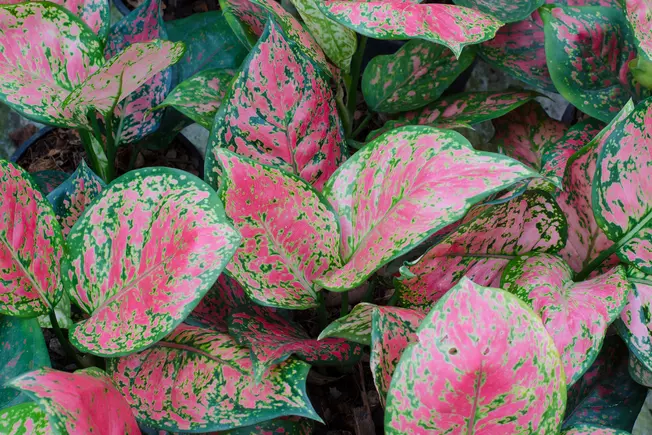
Allergy Relief
Researchers found that rooms with plants have less dust and mold than rooms without any foliage. Leaves and other parts of the plants act as natural filters to catch allergens and other airborne particles. Common low-light houseplants like Chinese evergreen or the peace lily can do the job. Violets and other plants with textured leaves might be even better trappers. Avoid plants with pollen or spores.
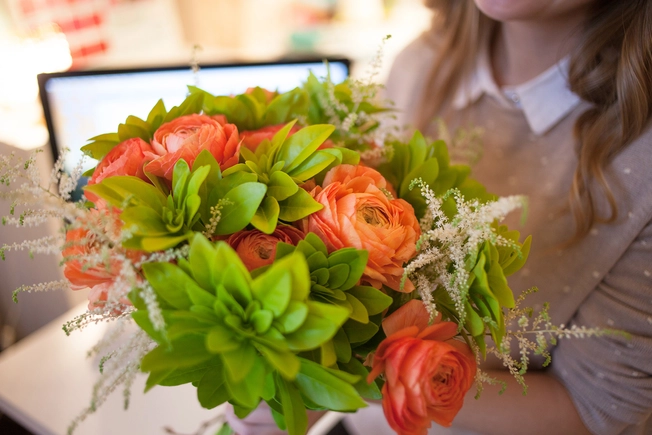
Happy Blooms
Plants not only can brighten up your surroundings, but they can lift your mood. Employees who work in offices with plants tend to feel better about their jobs, worry less, and take fewer sick days. Flowers in particular are a good pick-me-up. So liven up your room with blooms, like a lipstick plant, or a fresh bouquet and see if your outlook improves.
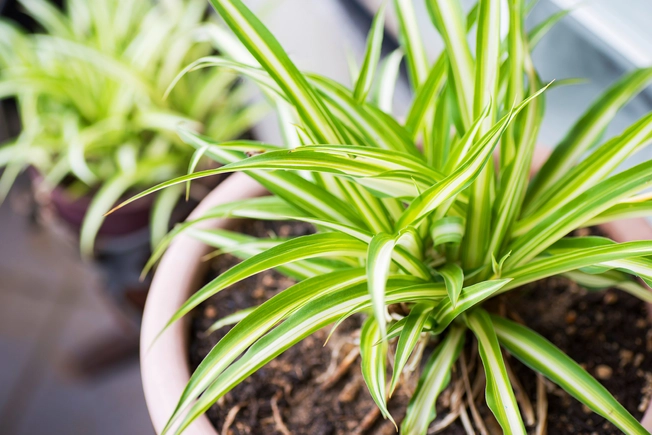
Spider Plants for Moisture
Furnaces and air conditioners can sap humidity indoors, especially in the winter. That can raise your chances for catching a cold or the flu, or make your skin itch. Houseplants add moisture to the air. One study found a collection of spider plants boosted the relative humidity in a bedroom from 20% to a more comfortable 30%.
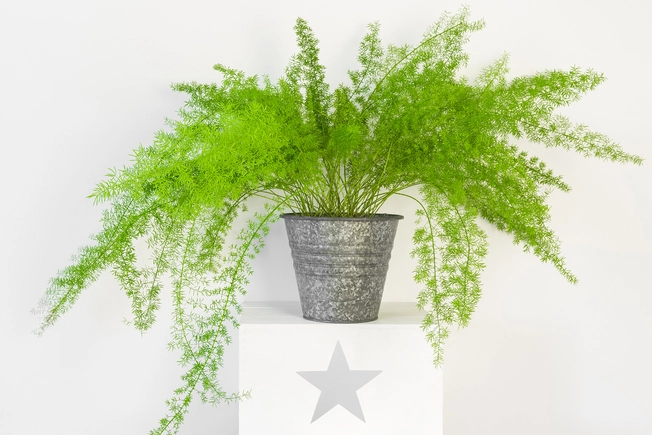
Air Purifiers
Carpets, paint, cleaners, printer toners and inks, and many other indoor objects give off pollutants called volatile organic compounds (VOCs). They can build up in the air and irritate your eyes and skin, worsen your asthma, or make it hard for you to breathe. Houseplants can soak up VOCs. Some good air-scrubbers are English ivy, asparagus fern, and dragon tree.
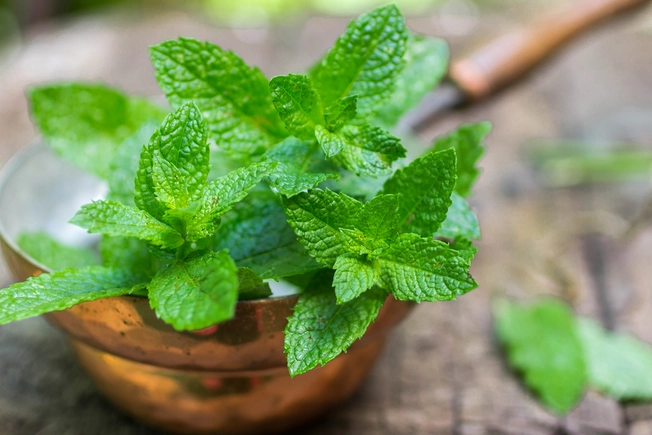
Herbs for Better Digestion
Mint may help tamp down bloating, gas, and other problems after you eat. Common varieties you can grow in containers include peppermint and spearmint (essential in mint juleps). Basil, another herb for cooking, also can help calm your stomach. Try steeping the leaves in hot water.
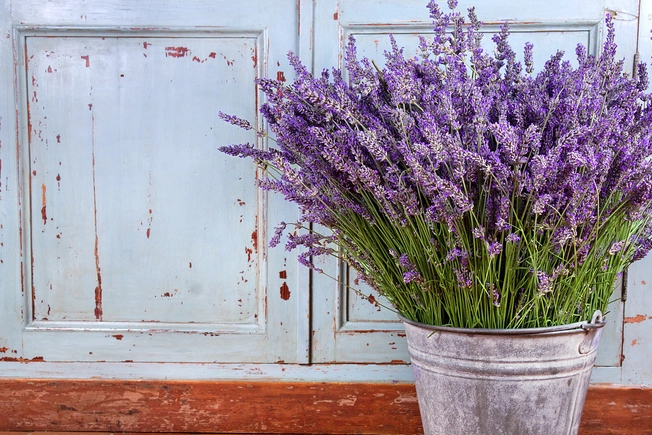
Relaxing Lavender
This fragrant purple plant has been an important herbal medicine for centuries. You can inhale lavender oil or massage it on your scalp for aromatherapy. You can also boil the leaves for tea. Some studies suggest it may help calm you and help lower any anxiety. But more proof is needed.
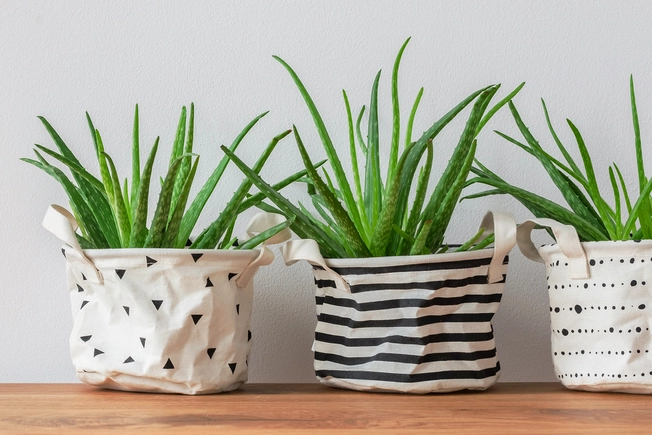
Aloe for First Aid
Gel from this plant is a popular home remedy. It can treat sunburns and other minor burns. It can soothe your psoriasis and other skin conditions. Juice from the aloe plant can even help you poop if you’re constipated.
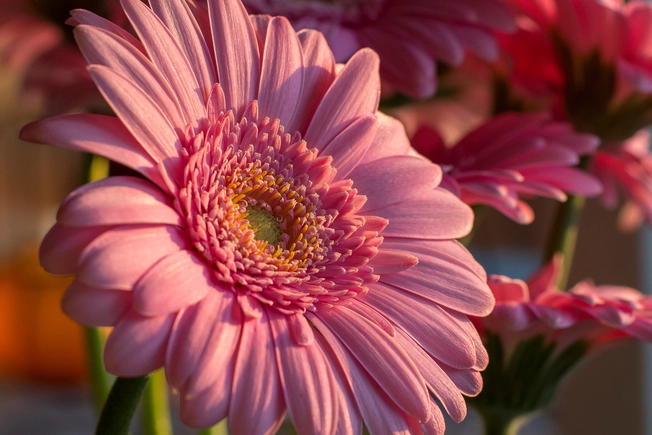
Restful Sleep
Plants take in carbon dioxide and give off oxygen. It’s how they turn sunlight into food, a process called photosynthesis. Some, like gerbera daisies, keep giving off oxygen even after the sun goes down. Put a few cheerful pots in your bedroom and the extra oxygen may help you sleep more soundly.
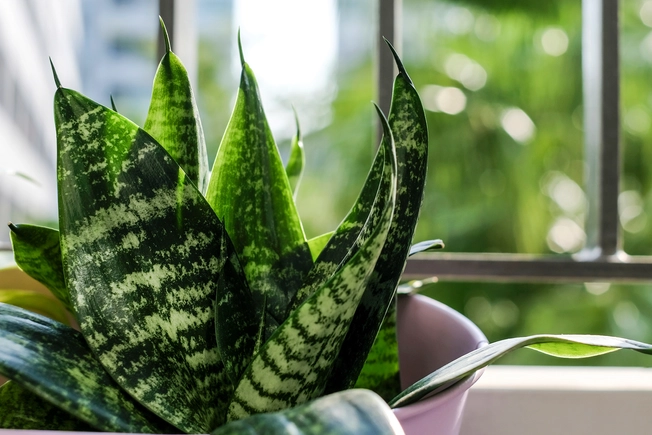
Stress Relief
Feeling the weight of daily pressures? Try and add a heart-leaf philodendron or a snake plant to your décor. It may help you relax. Several studies have measured people’s levels of blood pressure, heart rate, and the stress hormone cortisol while they handled a tough task or were under mental stress. Being around plants has a calming effect on people.
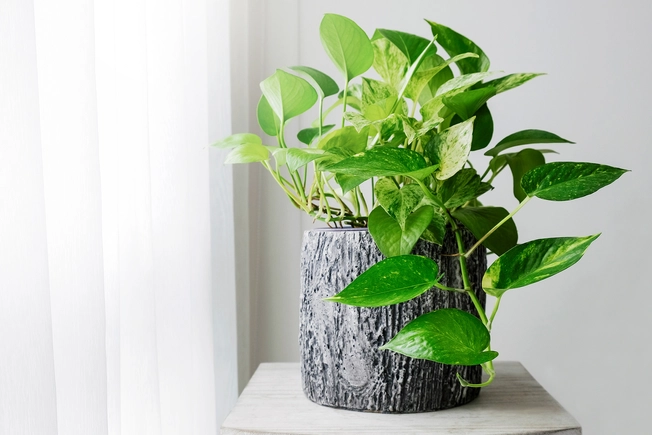
Sharper Focus
Plants may help raise your test scores, make it easier to concentrate on your tasks, and strengthen your memory. Students in classrooms with three potted plants performed better on math, spelling, reading, and science tests than kids in classrooms without any greens. Bring home a golden pothos or a bamboo palm and you just might clear that to-do list.
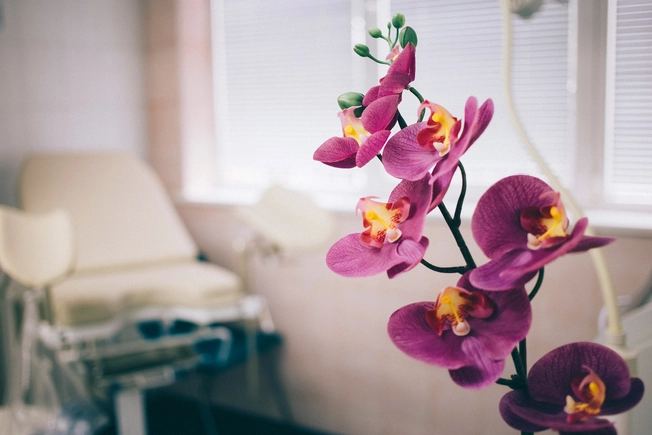
Faster Healing
Taking a bouquet of flowers or potted foliage to a loved one in the hospital can be more than just a thoughtful gesture. It may actually help them recover more quickly. Researchers found that people who had surgery got better faster if they had plants in their room or even a view of the nature from their window. They also tolerated pain better and needed fewer medications when surrounded by greenery. Try an orchid or a peace lily.
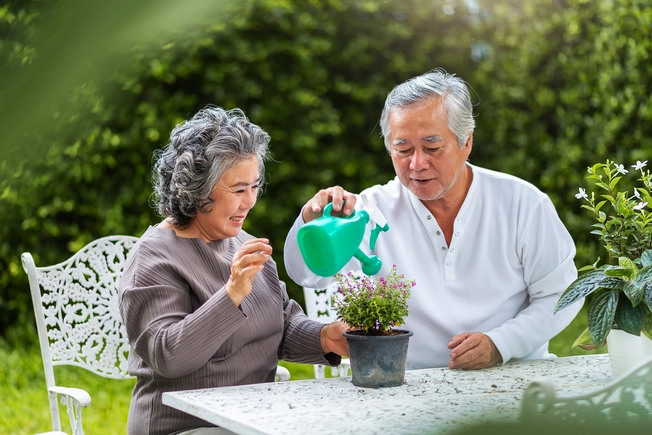
Better Mental and Emotional Health
Some therapists use gardening to help treat depression, schizophrenia, and other psychiatric conditions. Learning to nurture a living plant may help lower anxiety, improve attention, and lessen the severity of depression. Plants also might help people recovering from trauma, as well as those with dementia or who live in long-term care facilities. A word of caution to pet owners - some plants are toxic to pets, so check with your vet or the ASPCA toxic plant list to be safe when choosing.